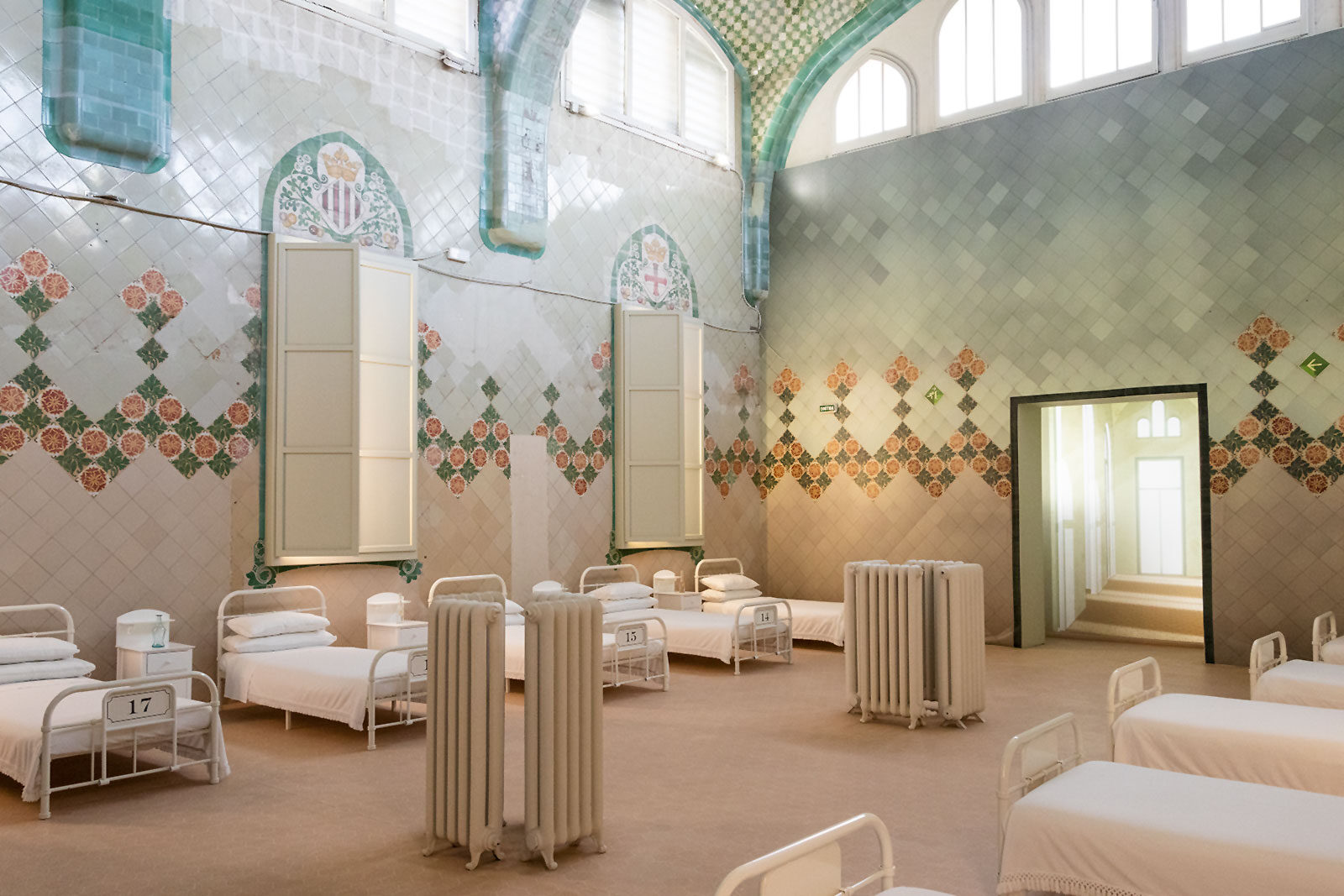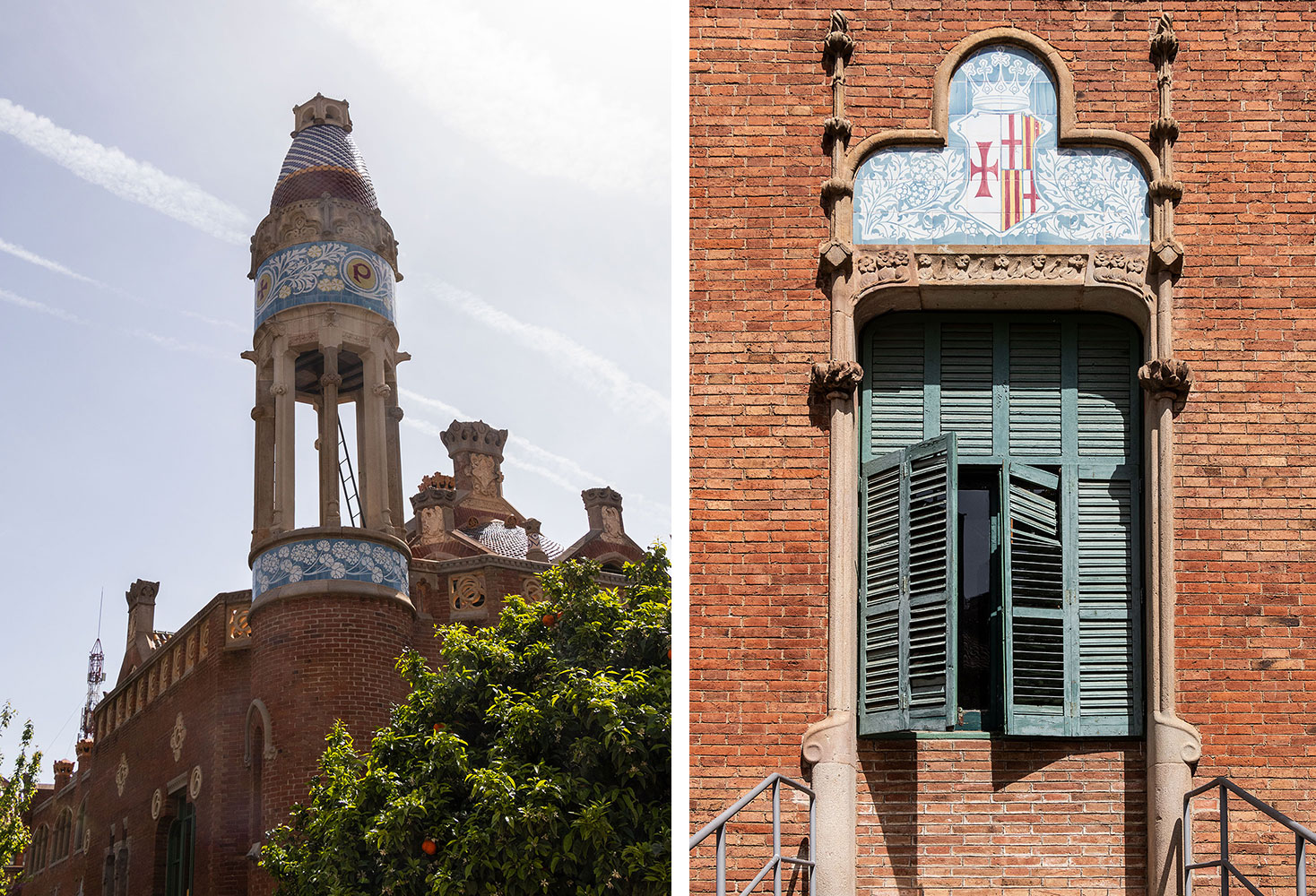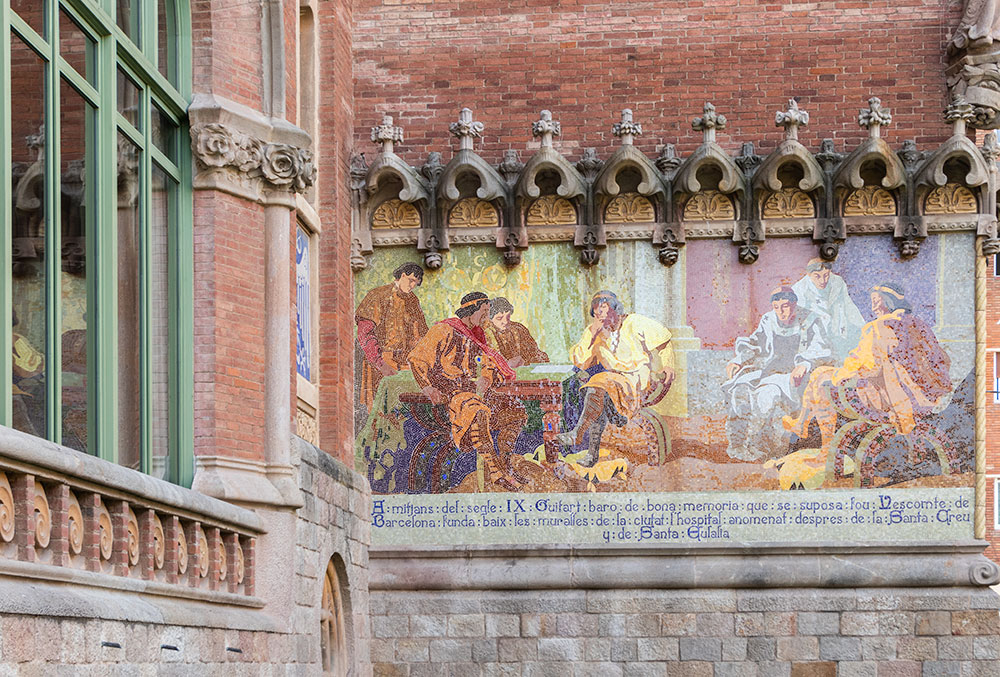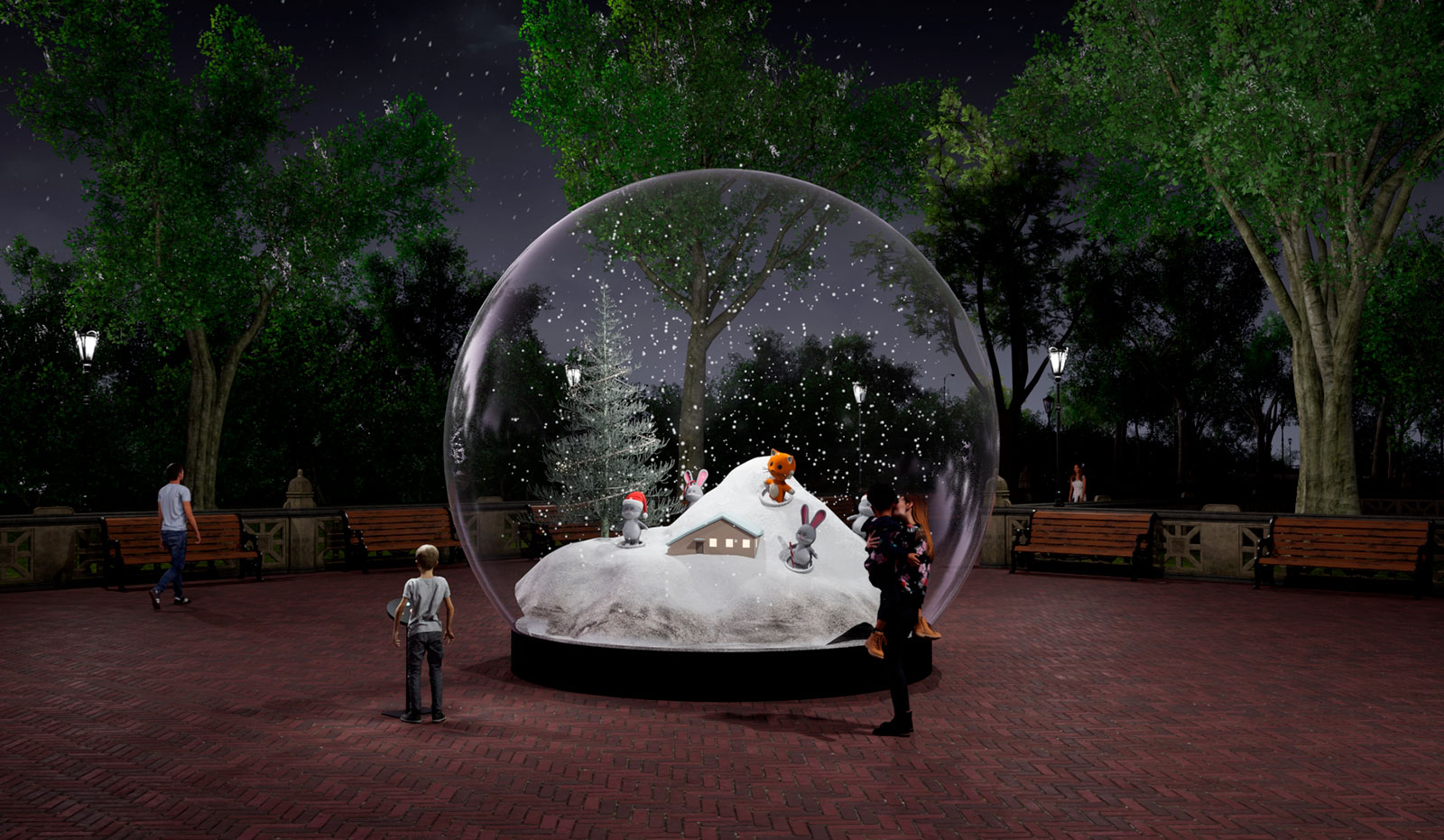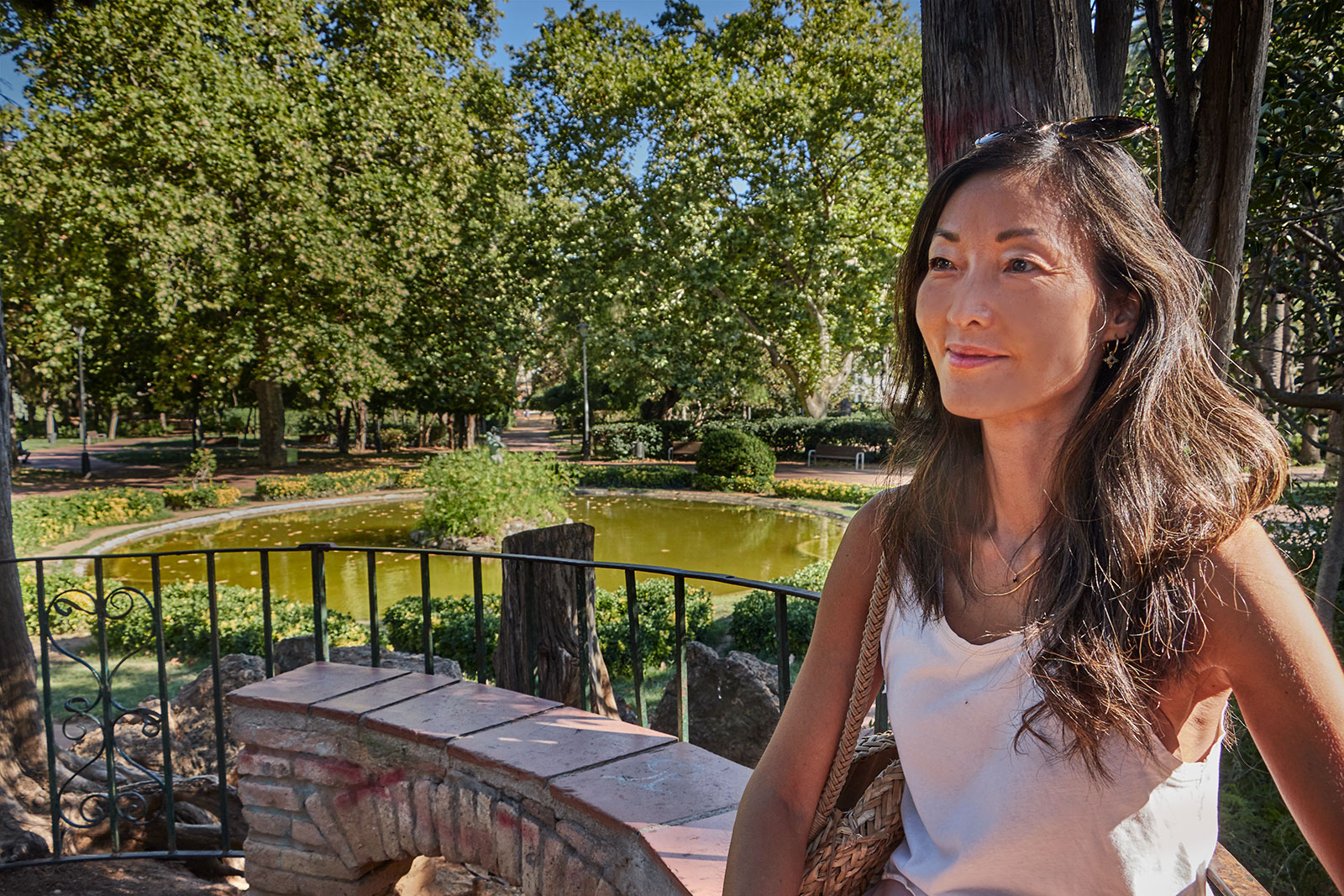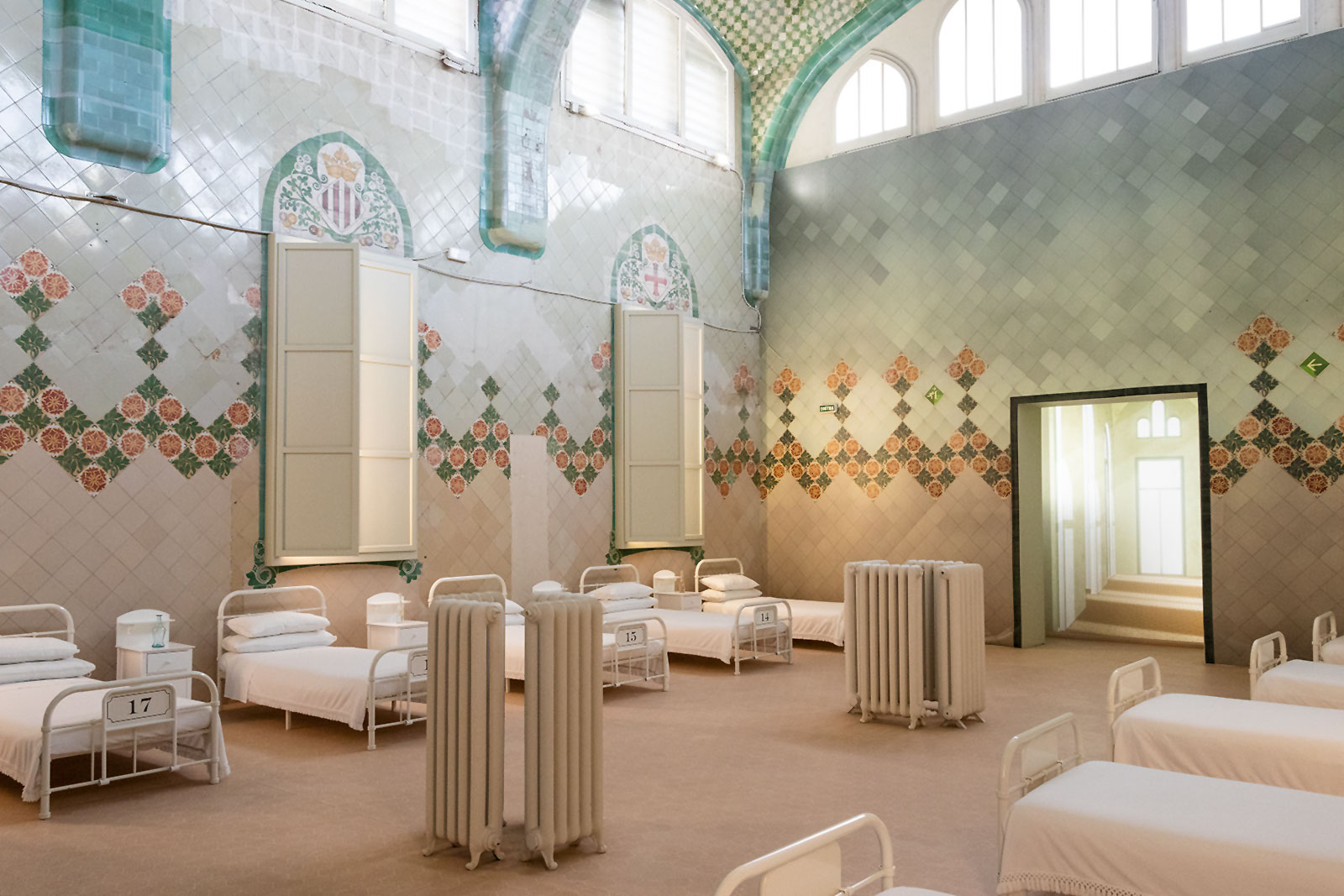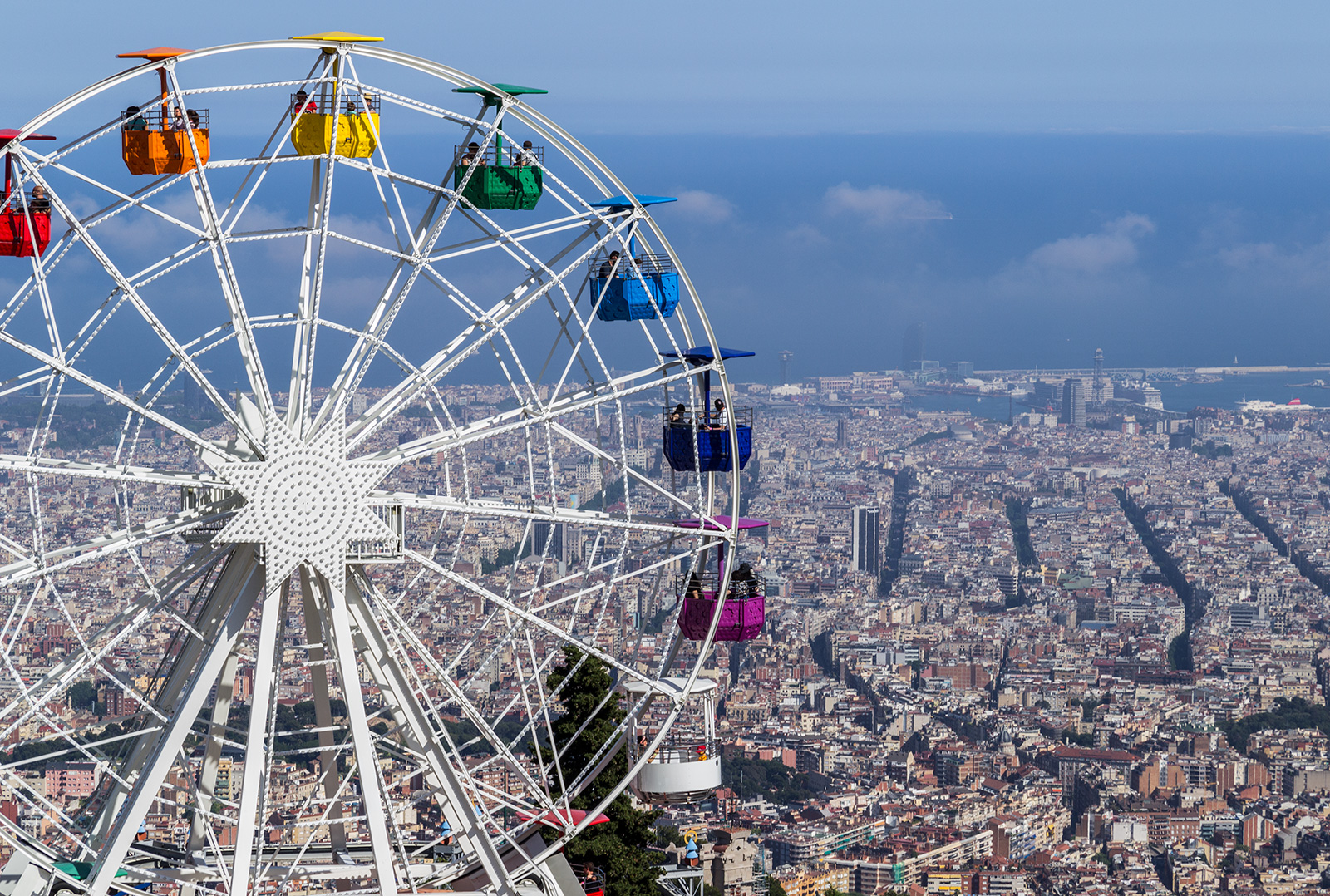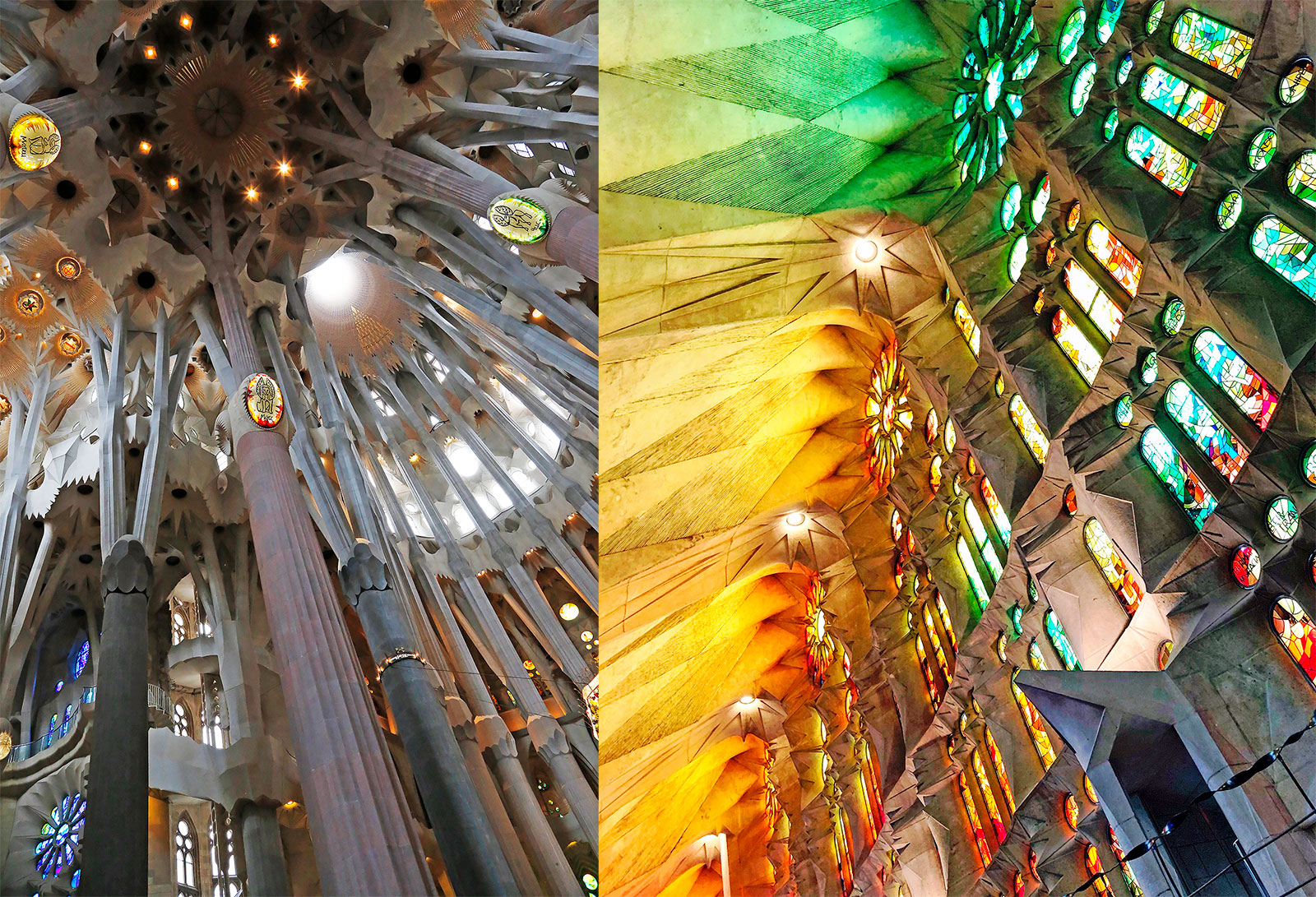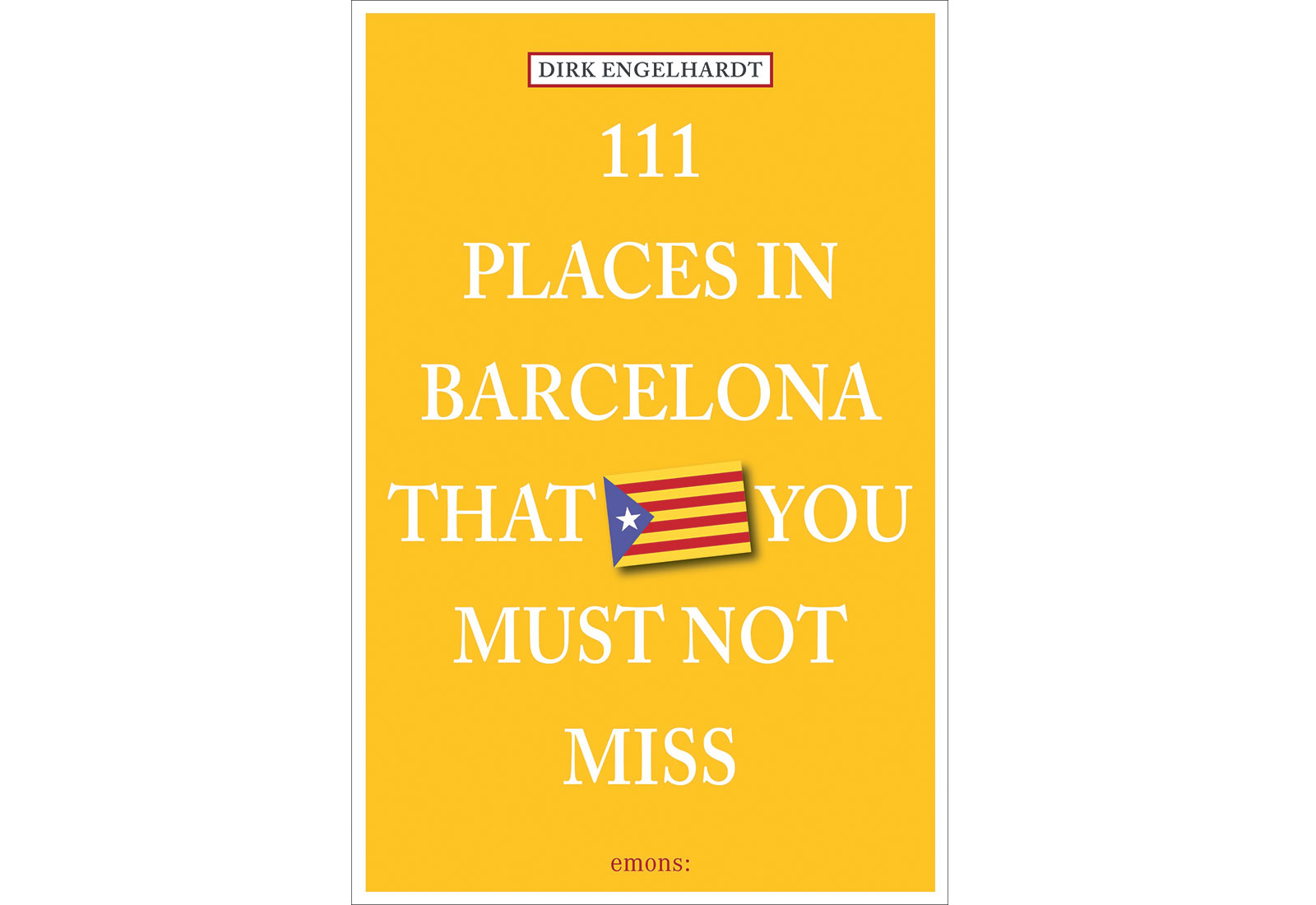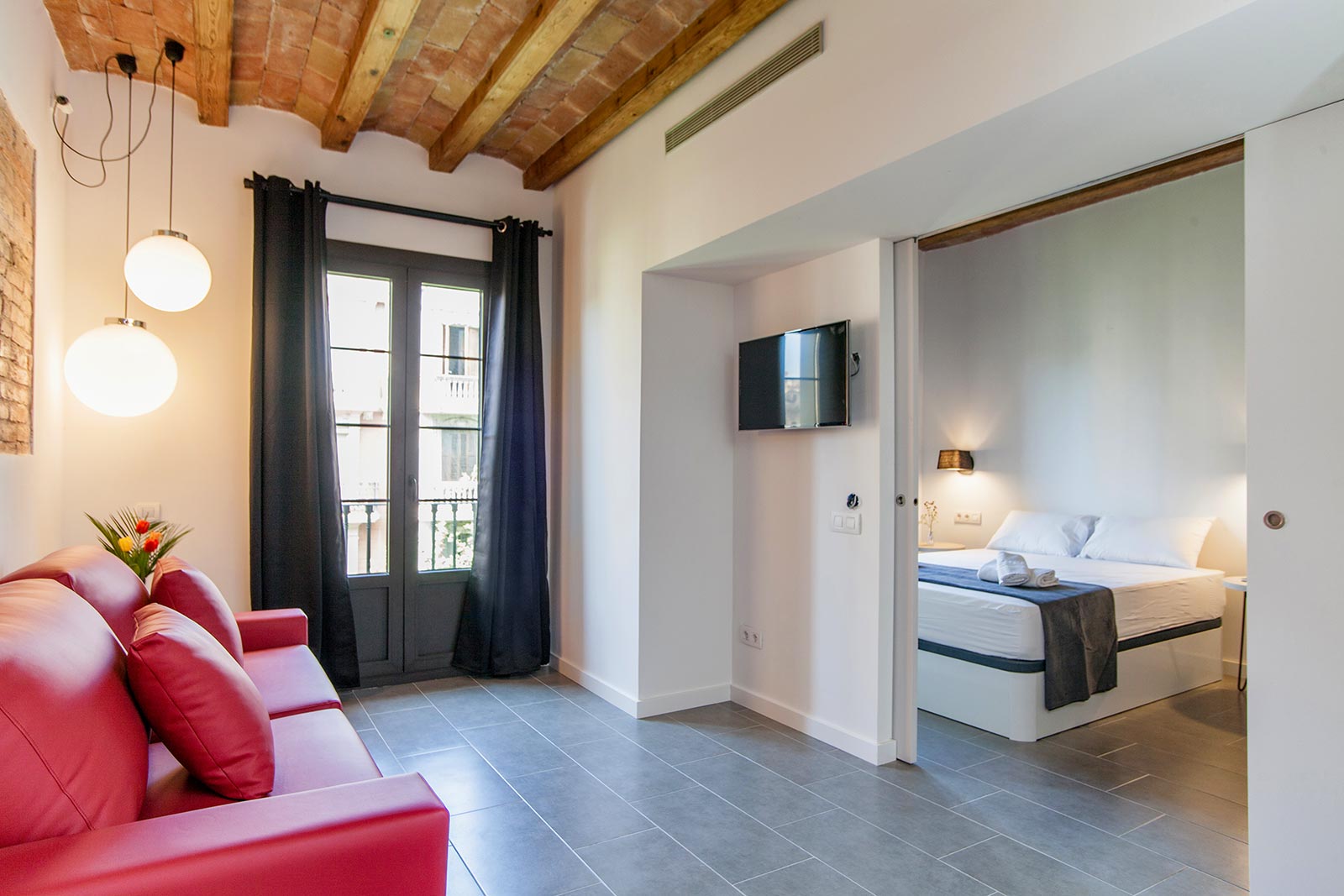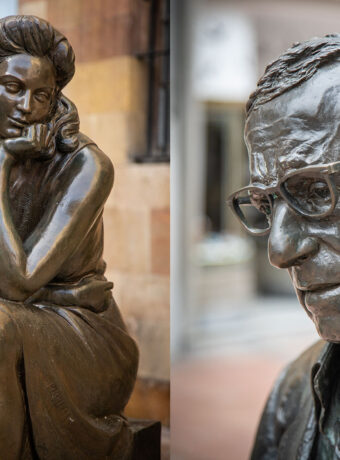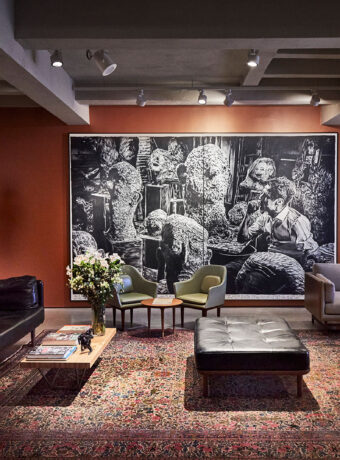Barcelona’s Hospital Sant Pau is not only one of the city’s most beautiful examples of Catalan modernist architecture, it’s also a story of a time when a hospital stay was very different for patients. Take a look inside the renovated hospital, now a museum.
Even standing at the bottom of the stairs in front of the main entrance to Sant Pau Hospital in the El Guinardó district, you are struck by an enormous sense of humility towards this majestic piece of architecture.
Despite being close to Gaudí’s famous Sagrada Familia, there are far fewer tourists here. This is despite the fact that it is one of the most formal Modernist buildings in Catalonia, and it was also here that Gaudí breathed his last after being hit by a tram.
Sant Pau Recinte Modernista was built between 1902 and 1930 by the Catalan architect Lluís Domènech i Montaner (1849-1923), who is considered one of the most important architects of Catalan Modernism. He also built the Palau de la Musica concert hall. The project was financed by banker Pau Gil.
The new Sant Pau Hospital was to replace the former Santa Creu in Santa Pau, located in the Raval district, which had become too small as the population grew and medical advances were rapid.
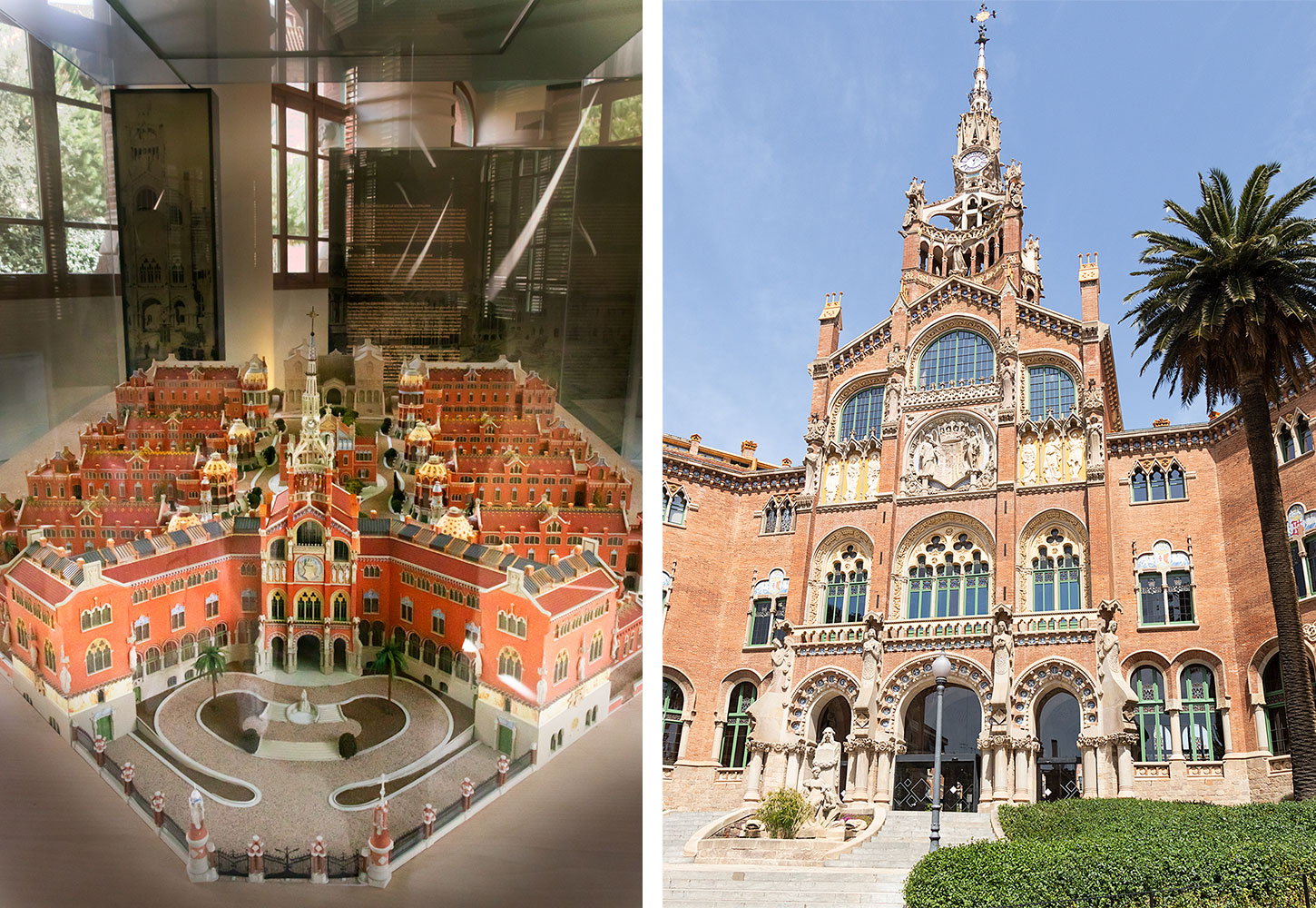
Behind the main building is an entire city within the city, and as well as being Domènech i Montaner’s most important work, Sant Pau is also the largest modernist complex in the world. In addition to the main building, the complex consists of 12 pavilions surrounded by greenery and connected by underground passageways.
In 1997 Sant Pau was listed as a UNESCO World Heritage Site for its unique architectural and artistic beauty, and in 2009 the hospital moved to newer buildings behind the old complex. This means that the public now has access to see the beautiful hospital, which now functions as a museum.
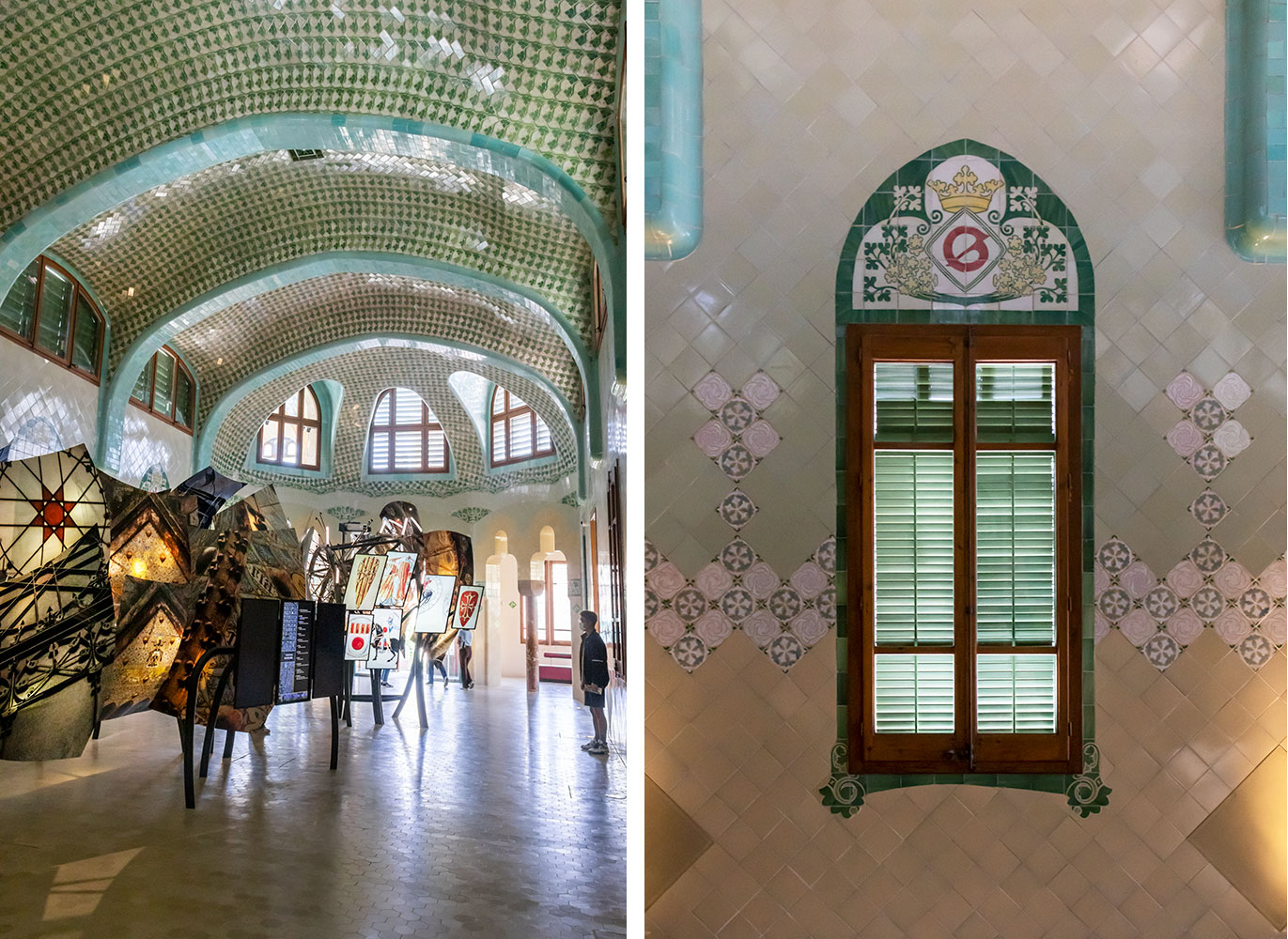 Historical tour of the hospital and its architecture
Historical tour of the hospital and its architecture
A visit to Sant Pau begins underground, in the Hypostyle Hall that once housed the emergency rooms. Black and white photographs of the old operating theatres are projected onto the walls to give an insight into what the examination rooms looked like.
The tour continues up to the Sant Salvador Pavilion, which is on two floors and also serves as an exhibition space. Here you can learn about the history of Sant Pau and its importance to the locals, including through exhibits of objects used in the hospital throughout history.
In another room, you can gain insight into the ideology of modernist architects and Domènech in Montaner’s work.
The decor of the space, with vaulted ceilings of turquoise and water blue tiles in a delicate geometric pattern and walls of white tiles and decorations in delicate blue-green and beige colours, is a work of art in itself. I spent a long time studying the beautiful tile work that is the hallmark of Catalan Modernism.
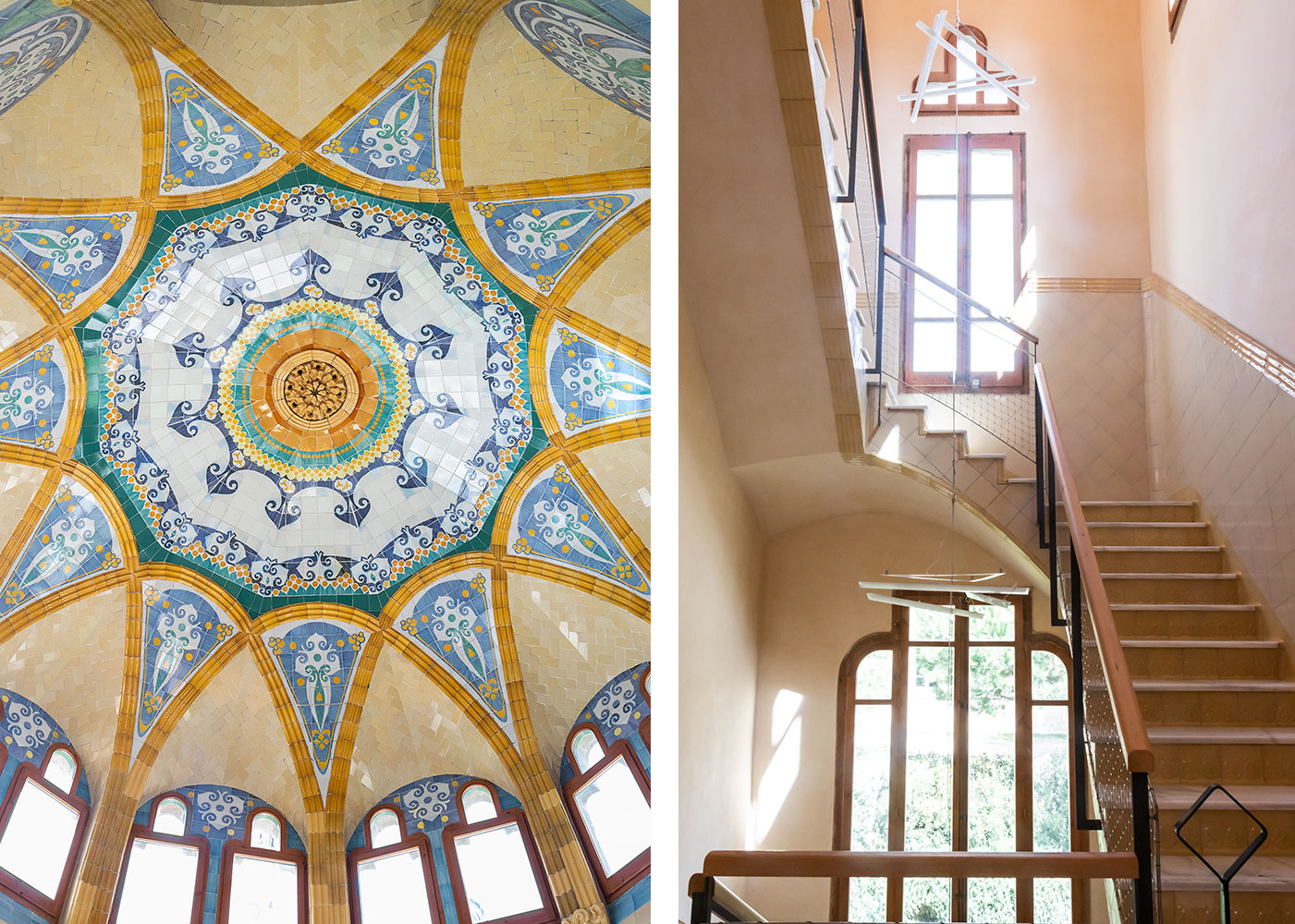 Note also the staircases between the floors with fantastic shapes and decorations. Also look up at the ceilings in the building’s nooks, which have stunning ornate tiling, and at the windows and doors, which are made of solid wood in curved shapes.
Note also the staircases between the floors with fantastic shapes and decorations. Also look up at the ceilings in the building’s nooks, which have stunning ornate tiling, and at the windows and doors, which are made of solid wood in curved shapes.
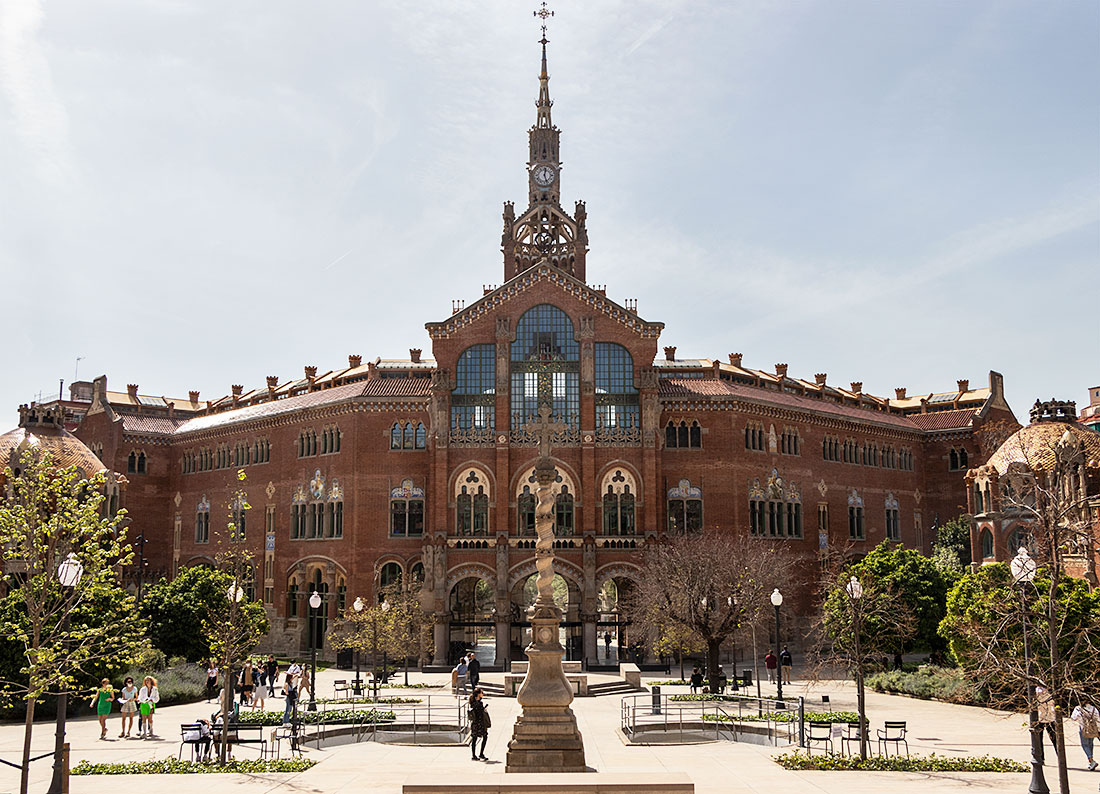
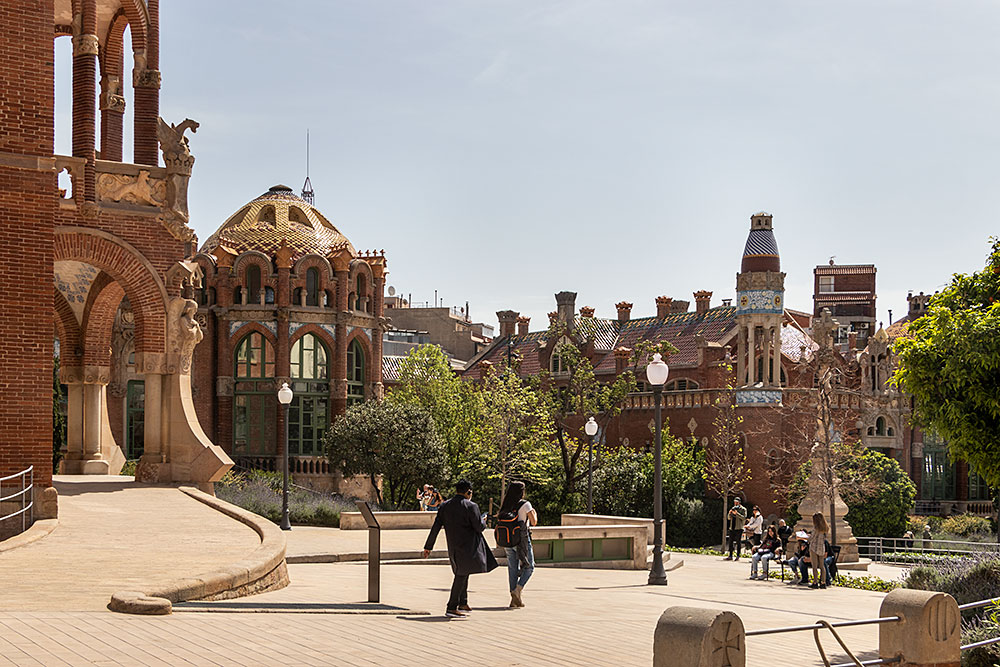 Lush green spaces for healing body and soul
Lush green spaces for healing body and soul
The tour continues in the hospital’s lush gardens, surrounded by pavilions built with inspiration from the forms of nature. There are lots of lights, plants, flowers, herbs and trees and several cosy corners.
The gardens and surrounding pavilions are a beautiful example of how nature and architecture can be united, and how nature played an important role in the healing of the sick.
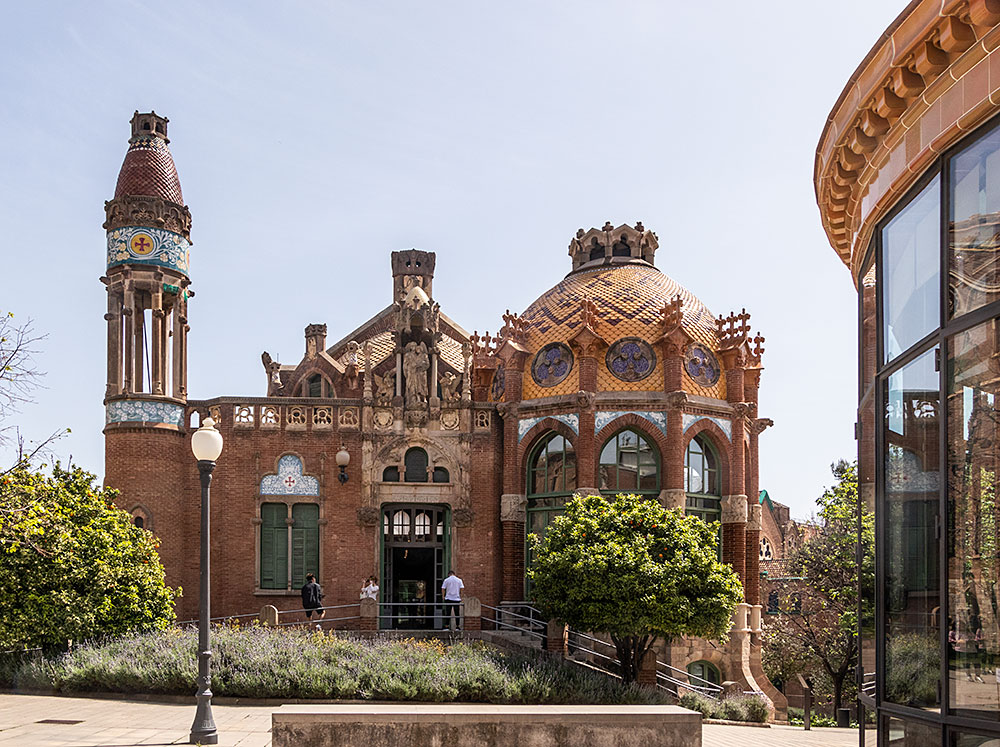
Patient in beautiful surroundings
In the pavilions, which have towers and domed roofs with colourful mosaics, you can get a glimpse of how the hospital’s wards were laid out and the relationship between patient and doctor in the 1920s.
The most beautiful – and most surprising – is undoubtedly the San Rafael pavilion, but a reconstruction of an old patient’s room with soft and cosy lighting and beautiful tile-flower decorations adorning the cream-coloured tiled walls. The atmosphere is very different from that of modern hospitals, and it gives food for thought. Why don’t we build hospitals where the wards are beautiful and cosy any more?
The pavilion also has a nice and beautiful domed garden room where patients could sit and look out at the greenery through the large windows.
In the surgery pavilion you will get an insight into the medical work during this period.
The public does not have access to all pavilions and the main building, because parts of the complex serve as offices and workplaces for organisations working in innovation, sustainability, health, education and culture.
The tour ends in the main building, where Montaner’s inspiration from the Mudejar style is conspicuous. A style that the modernist architects were all inspired by. The main building houses a library and a church, among other things, and here you can also feel how modernism’s sense of light, colours, columns and decorations blend into one.
Buy a ticket to Sant Pau
During holidays, there may be a queue at the ticket office. Skip the queue and buy your ticket for Sant Pau Recinte Modernista online here (promotional link).
Sant Pau Recinte Modernista, Carrer de Sant Antoni Maria Claret 167
